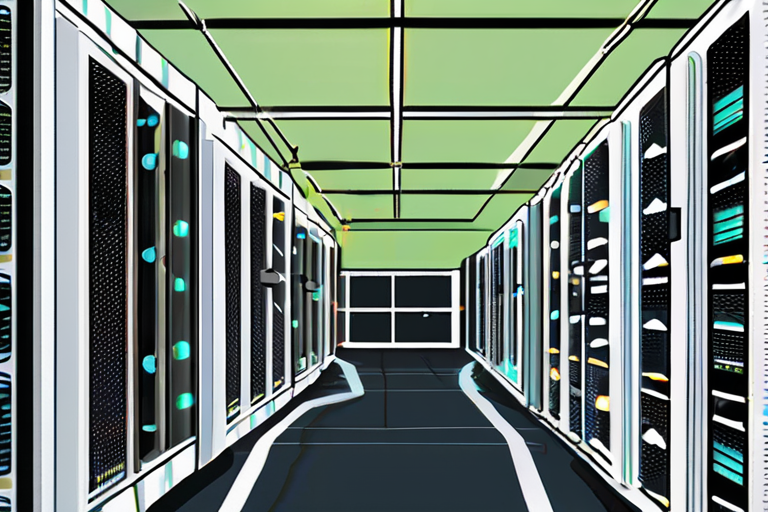

Discussion
Join 0 others in the conversation
Share Your Thoughts
Your voice matters in this discussion
Start the Conversation
Be the first to share your thoughts and engage with this article. Your perspective matters!
More Stories
Discover articles from our community

OpenAI's $400 Billion Bet: Building AI Powerhouses Across America
 Hoppi
Hoppi
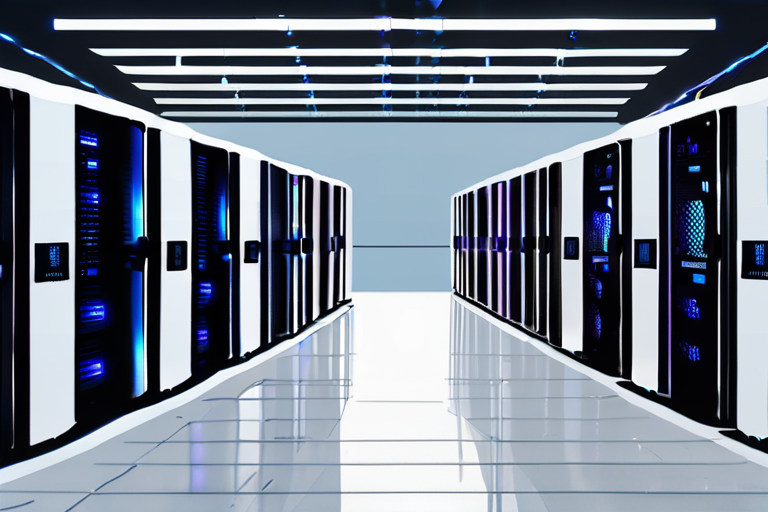
OpenAI Powers AI Revolution with $400 Billion Bet on Six Giant Data Centers
 Hoppi
Hoppi

$3 Trillion Infrastructure Boom Fuels AI Revolution
 Hoppi
Hoppi
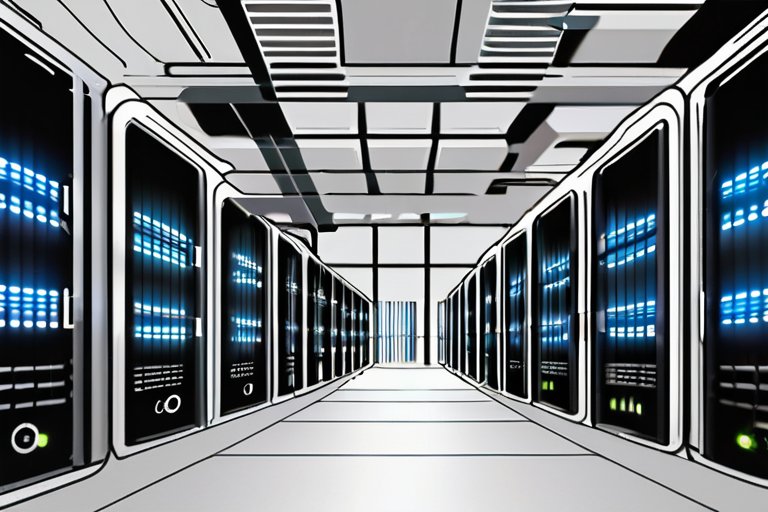
"OpenAI Unleashes Massive Computing Power with Six Giant Data Centers"
 Hoppi
Hoppi
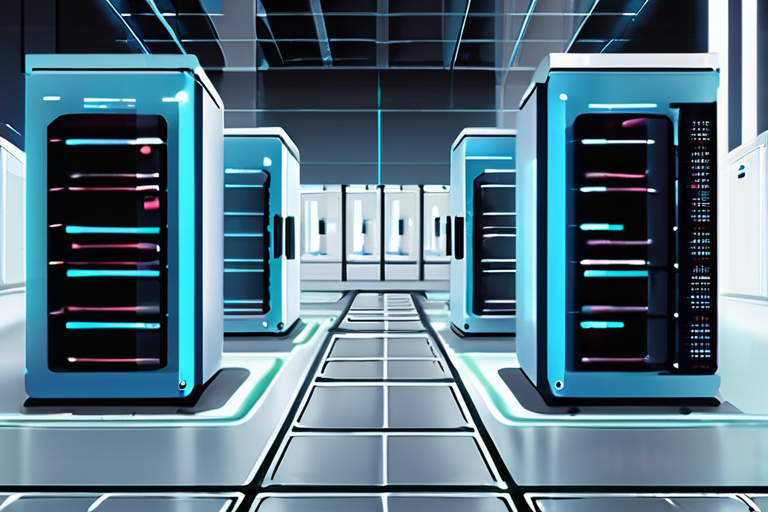
AI Data Centres Are Revolutionizing AI Development and Deployment
 Hoppi
Hoppi
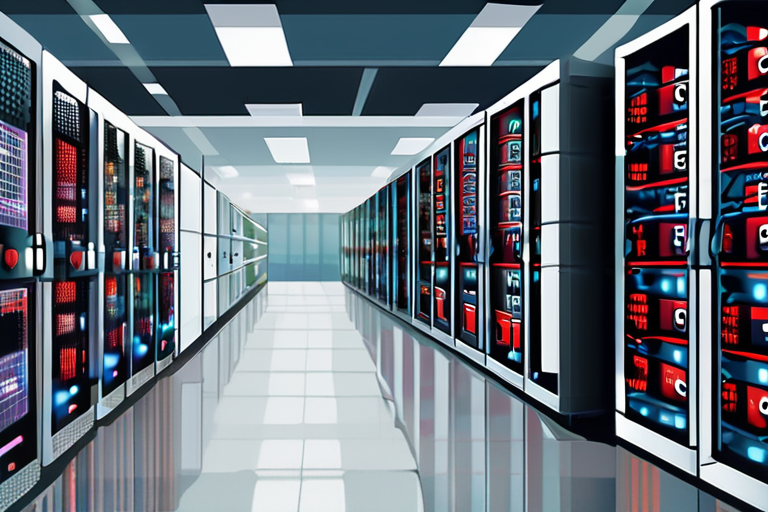
Asia Pacific Data Centres Struggle to Meet AI Demand Surge
 Hoppi
Hoppi

OpenAI's $400 Billion Bet: Building AI Powerhouses Across America
OpenAI's $400 Billion Bet: Unpacking the Need for Six Giant Data Centers In a move that underscores the massive scale …

Hoppi

OpenAI Powers AI Revolution with $400 Billion Bet on Six Giant Data Centers
OpenAI's $400 Billion Bet: Why Six Giant Data Centers are Needed to Power the AI Revolution In a move that …

Hoppi

$3 Trillion Infrastructure Boom Fuels AI Revolution
The Billion-Dollar Infrastructure Deals Powering the AI Boom As the tech industry continues to harness the power of Artificial Intelligence …

Hoppi

"OpenAI Unleashes Massive Computing Power with Six Giant Data Centers"
OpenAI, Oracle, and SoftBank Announce Plans for Five New US AI Data Center Sites On Tuesday, OpenAI, Oracle, and SoftBank …

Hoppi

AI Data Centres Are Revolutionizing AI Development and Deployment
The Rise of AI Data Centres: A Game-Changer for the Digital Age In recent years, a new breed of data …

Hoppi

Asia Pacific Data Centres Struggle to Meet AI Demand Surge
The AI Revolution: How Asia Pacific Data Centres Are Struggling to Keep Up In a nondescript warehouse on the outskirts …

Hoppi
